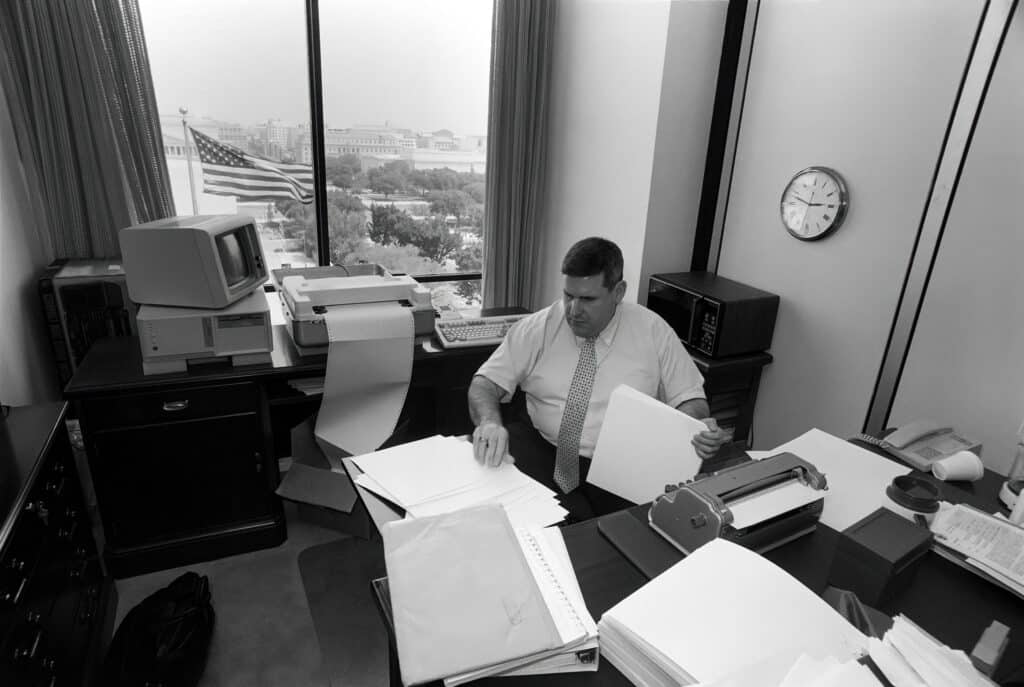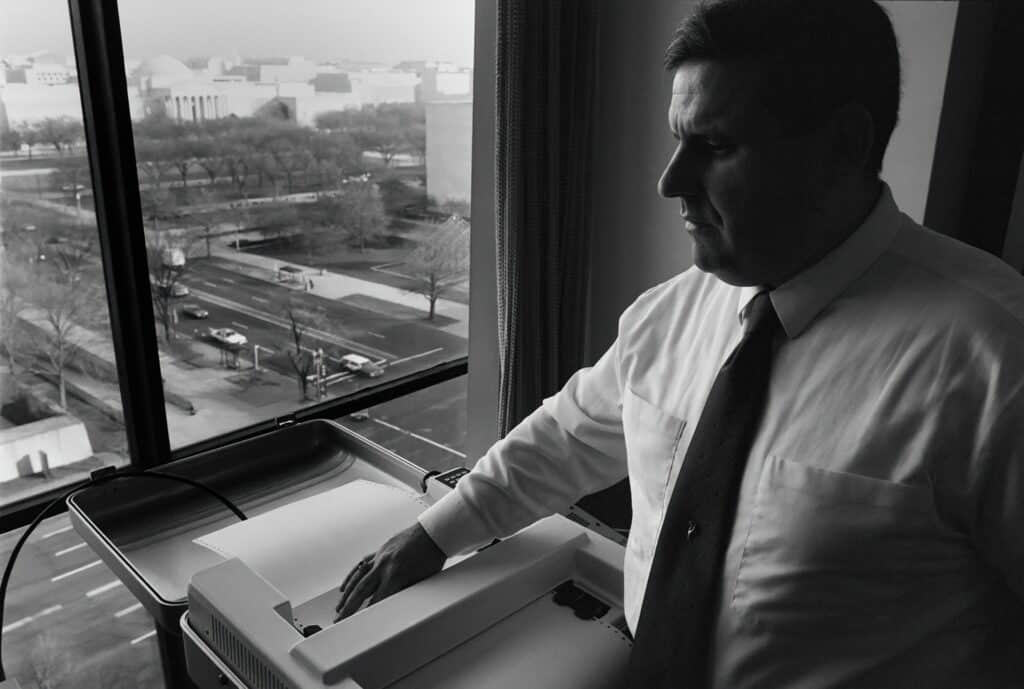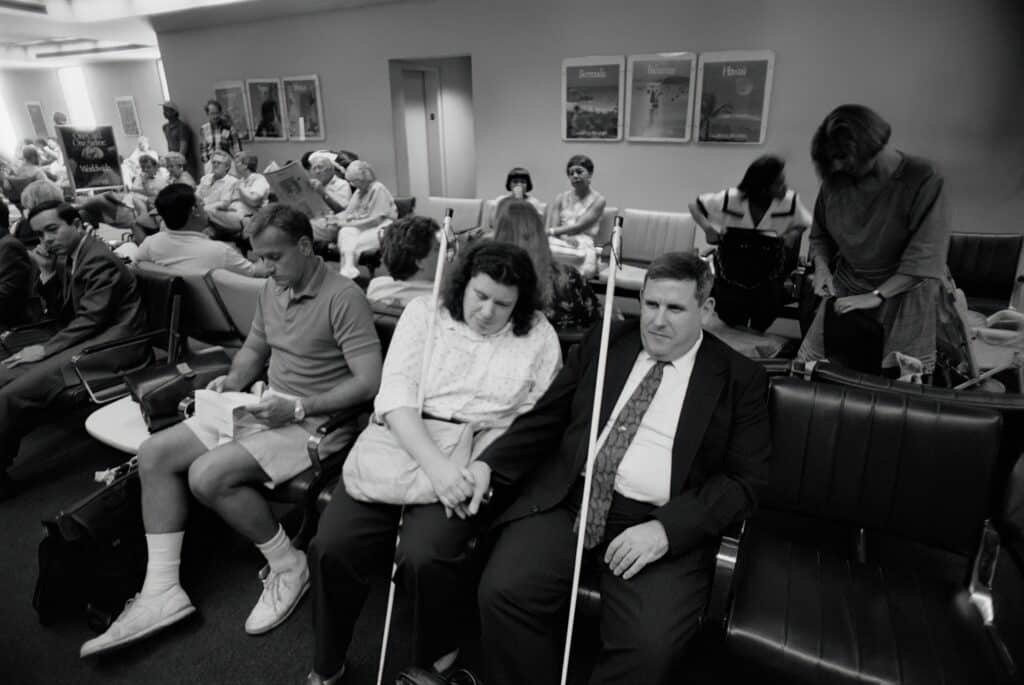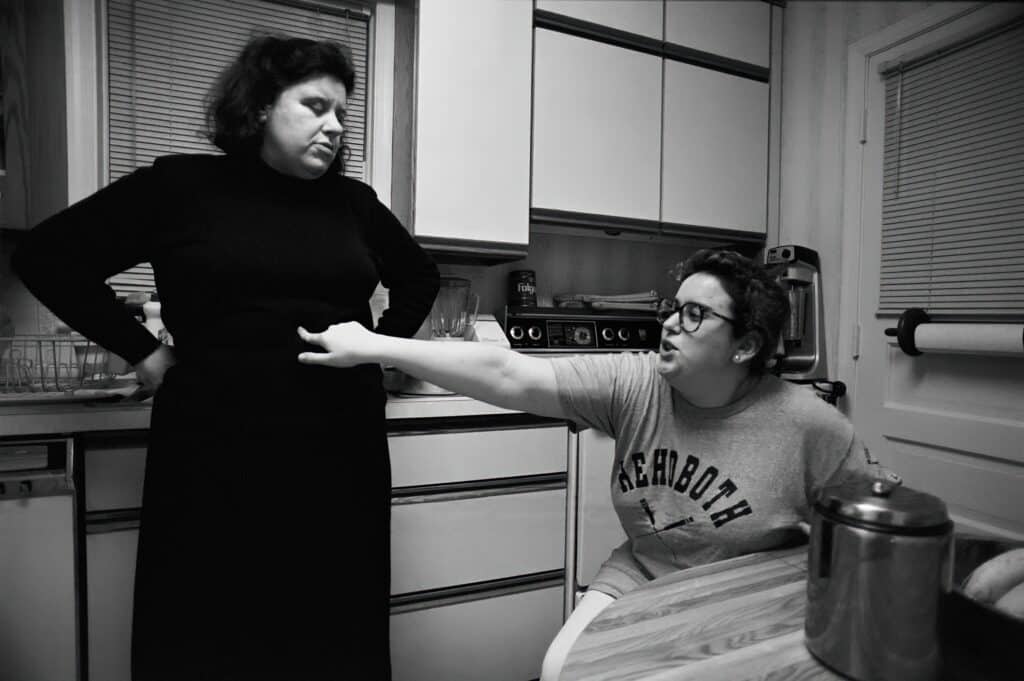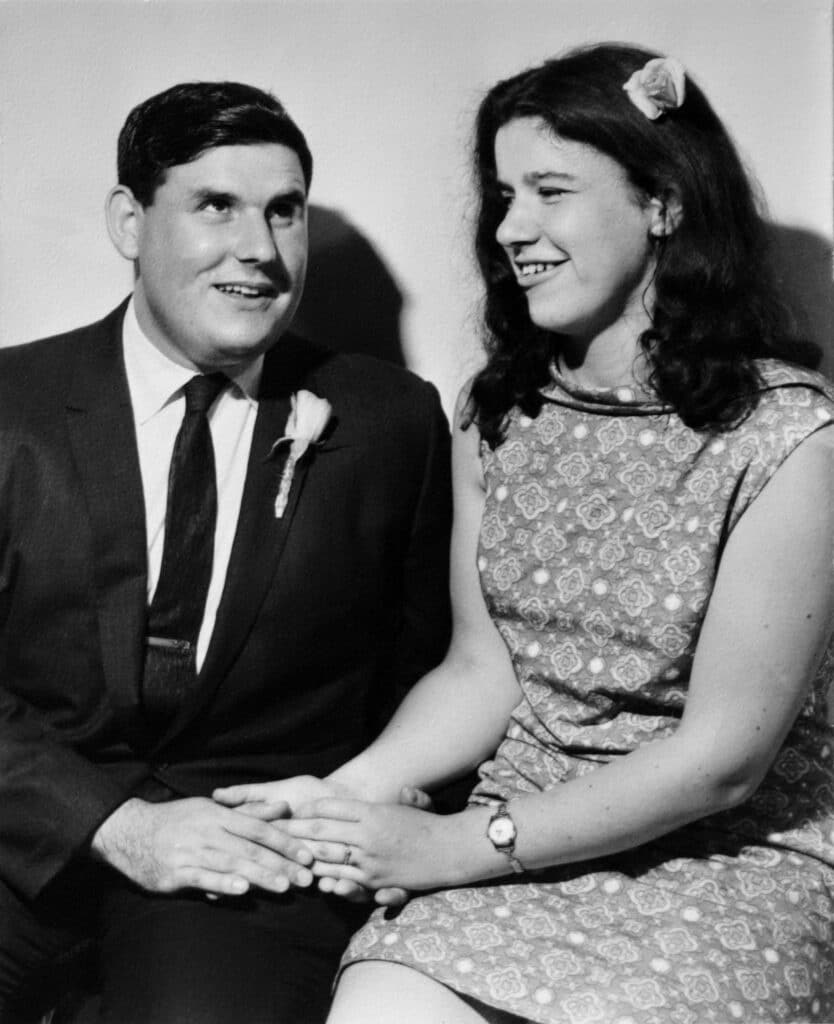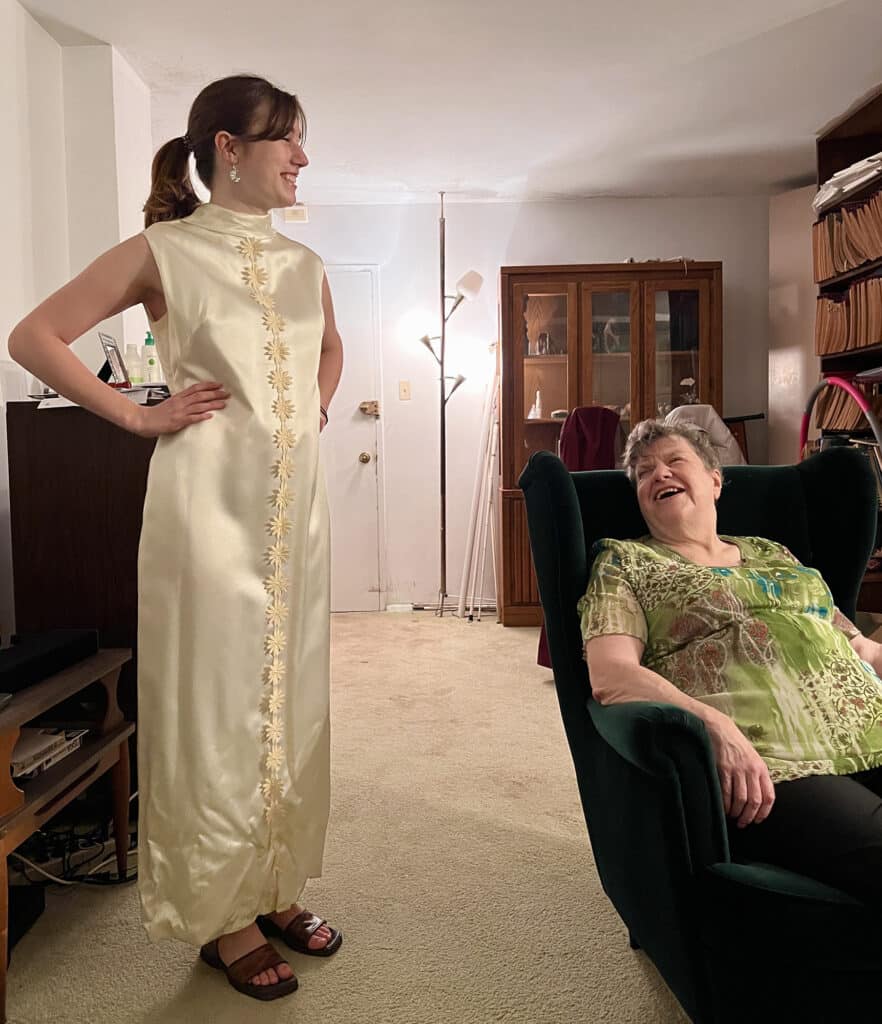Photographers can have a lifetime to find interesting stories and projects to work on, but the most compelling and unique photo essay I ever worked on is about my family.
My mother and father were born blind, and I became a photographer. That irony is at the center of my life.
Growing up with blind parents gave me lots of experiences that convinced me that it was important to show what their lives were like, and I turned my memories into this project called The Blind, Seen.
My beautiful, wonderful parents, Harold Snider and Gail Snider, are from different countries but they had similar childhoods. My father was born in Jacksonville, Florida. His parents were delighted to have a healthy son, but he was born blind due to an injury during his birth. My grandmother had no experience of blindness, but she learned how to read Braille, and she transcribed print books into Braille for him and vigorously supported his education. He became the first blind child to graduate from the public school system in Jacksonville. He went on to Georgetown University and Oxford University, and created a career for himself as a consultant on handicapped travel and civil rights for the disabled.
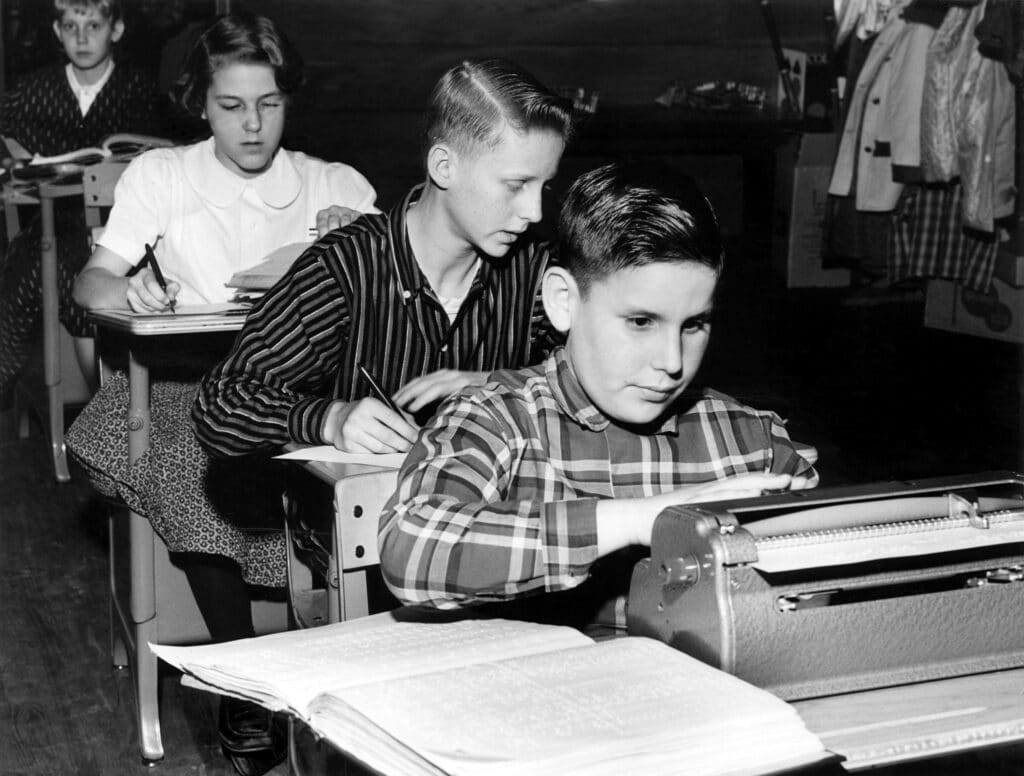
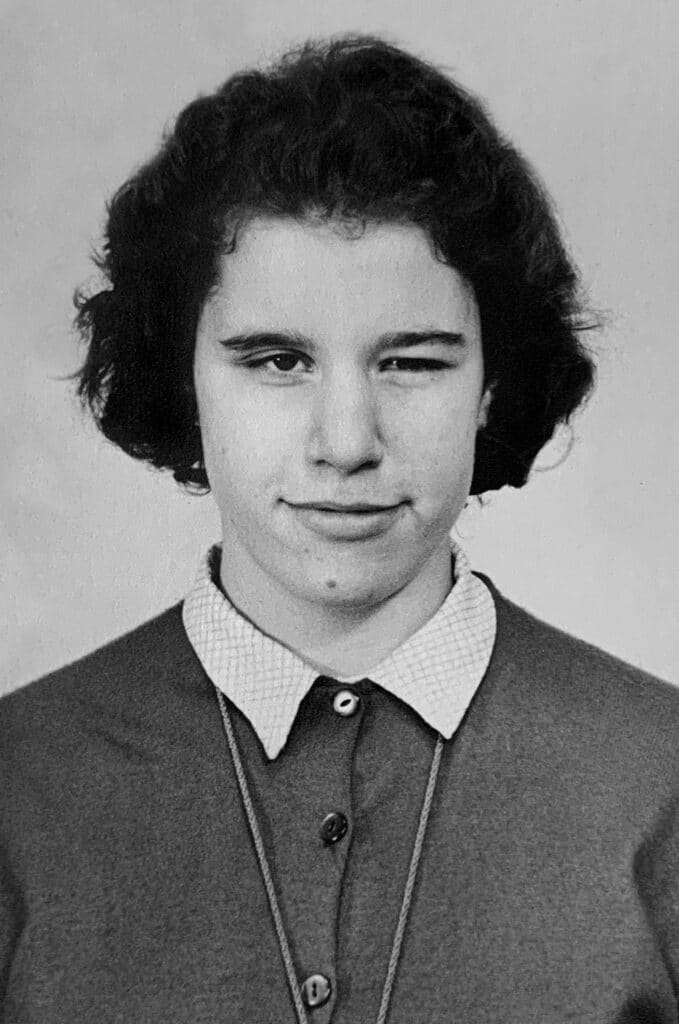
My mother Gail was born in Oxford, England and raised in London. She had eye diseases that left her with minimal, partial sight. For most of her childhood, was required to attend boarding schools for blind children, where she learned braille for reading and writing. When she was 15 years old, she was an undeniably intelligent young woman, and she was selected to be the first blind child in England to attend public school with sighted children. She became fluent in the German, French and Italian languages, and earned a State scholarship to attend the University of Birmingham. She graduated with a degree in modern languages, and studied Social Work at the London School of Economics.
In 1969, my mother was working in London as a Braille proofreader at the Royal National Institute for the Blind, and along came this charismatic American named Harold Snider, and they clicked like a pair of handcuffs. They were engaged after two weeks, and they got married two months later, and about a year after that, I was born. My sister Ellen joined the family three years later.
When a blind couple has a baby, it’s easy for sighted doctors and nurses to be concerned that a blind couple might not be able to take care of their new baby. Sighted people don’t know what they’re doing when they have their first baby and neither did my parents, so my parents had to learn just like everyone else, and they took excellent care of me, and my little sister Ellen when she was born two and a half years later, and we turned out to be healthy, normal, fun little kids.
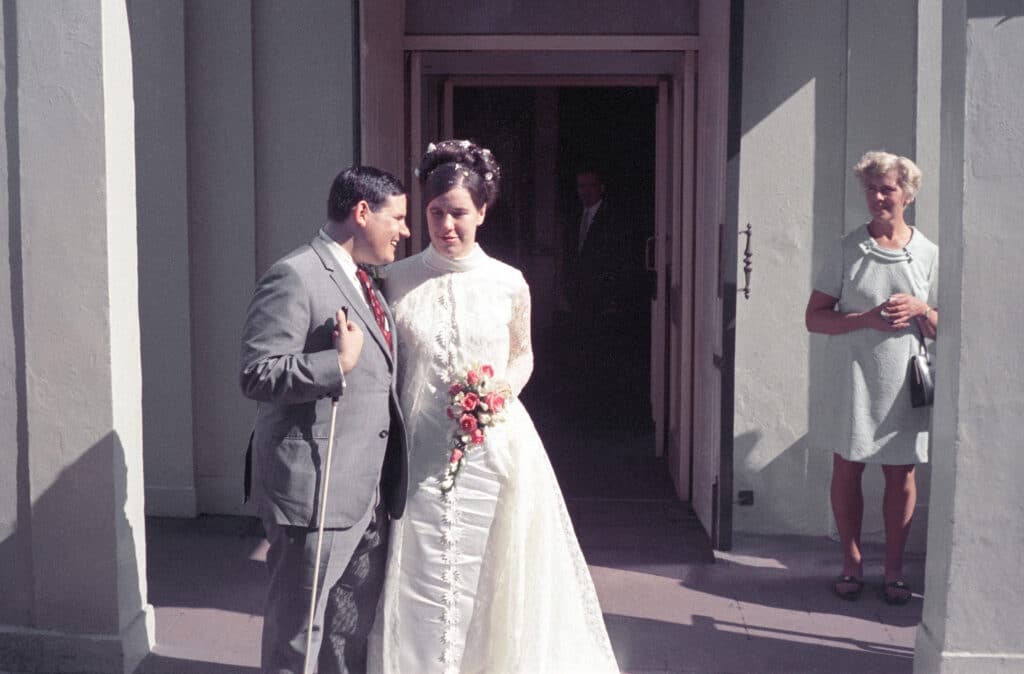
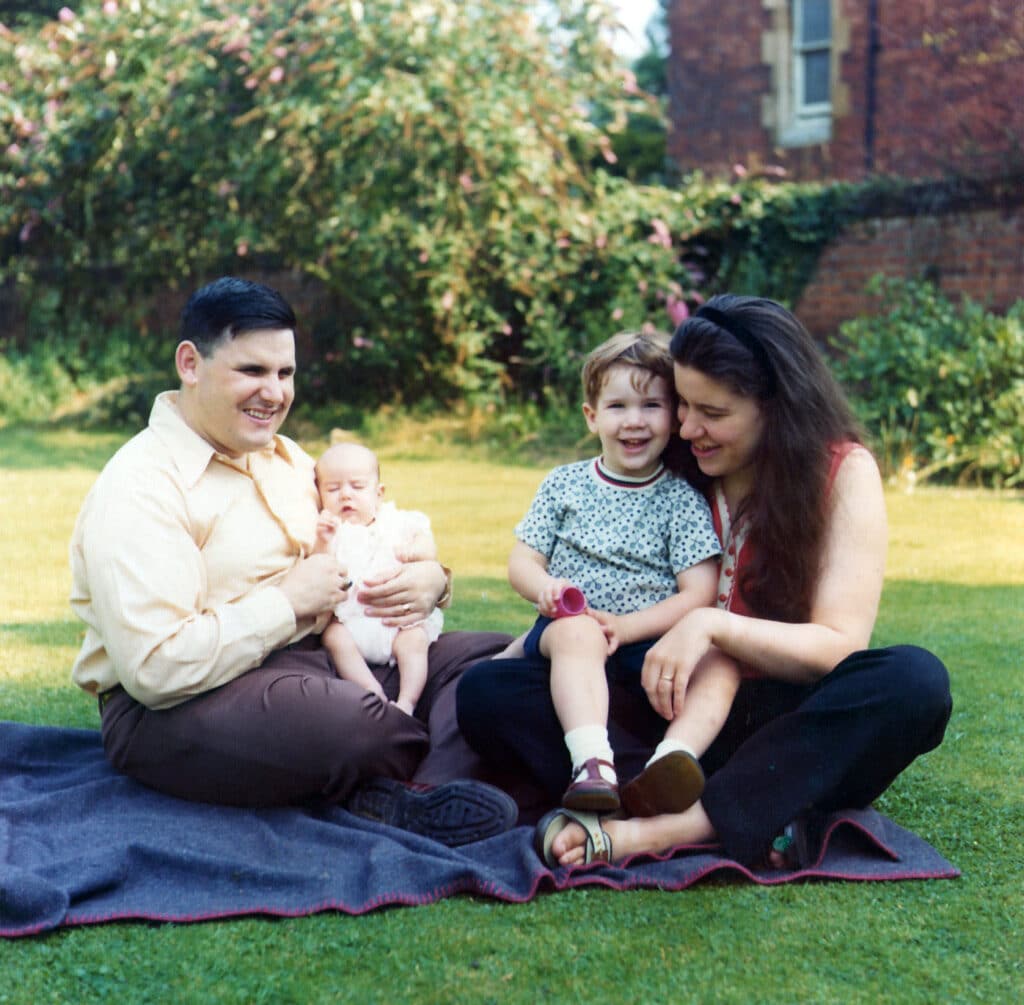
Getting a Job
We lived in Oxford for four years while my Dad was doing post-graduate work, and when we moved to the US, he applied for over 100 jobs. He kept getting rejections, mostly because employers didn’t want to deal with a blind person.
Dad applied to be a Foreign Service officer at the State Department, but they wouldn’t hire any blind employees. They were blatantly discriminating against blind applicants, even though he got his bachelor’s degree from the School of Foreign Service at Georgetown. So, he looked for other jobs and got hired to work for the Smithsonian Institution.
At the National Air and Space Museum, he suggested that they build a pedestal for a piece of moon rock and make it available for everyone to touch. Eventually, in the top museum in Washington DC, this exhibit of the moon rock was touched by millions of people. Dad’s job was to develop ways to improve access to the museum’s exhibits, and this became his specialty through his career: handicapped accessibility.
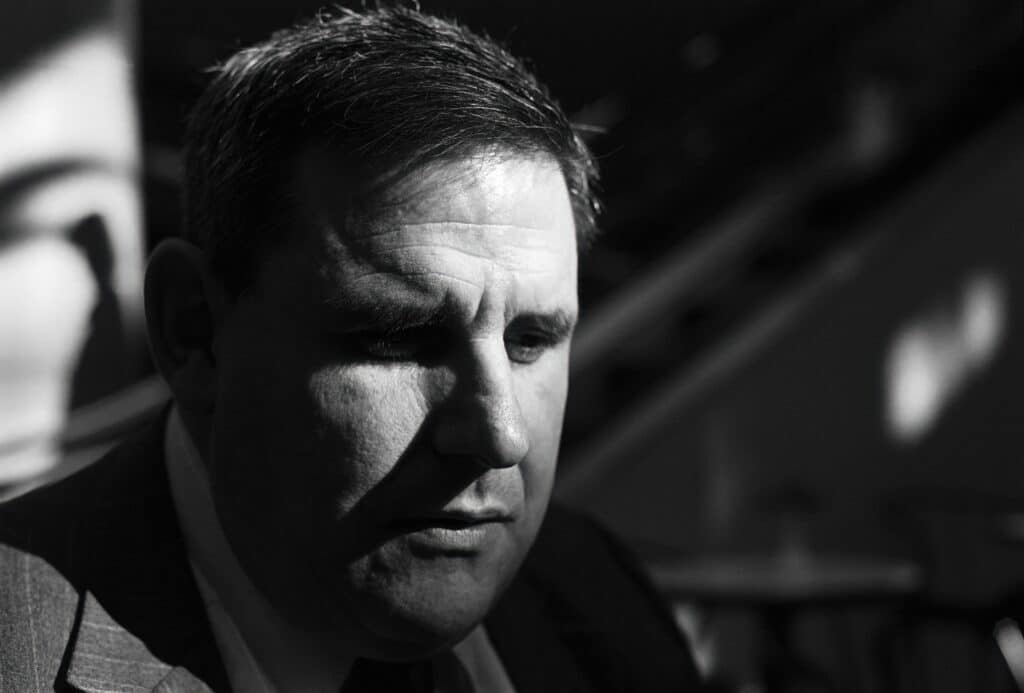
Dad was an aggressive, militant advocate for blind people’s rights, and for the disability rights movement. His highest achievement was to help with the passage of the Americans with Disabilities Act, which was the landmark civil rights bill that outlaws discrimination against the disabled.
So now, when I go into an elevator and see the braille numbers, I know that my father helped get the law passed that required braille to be installed in all elevators and other public places. Through his work, he helped improve the quality of life for millions of people. My father had a very intense, competitive side. He was very aggressive and wasn’t worried about upsetting or challenging people. He was determined to stop bigotry and discrimination from succeeding.
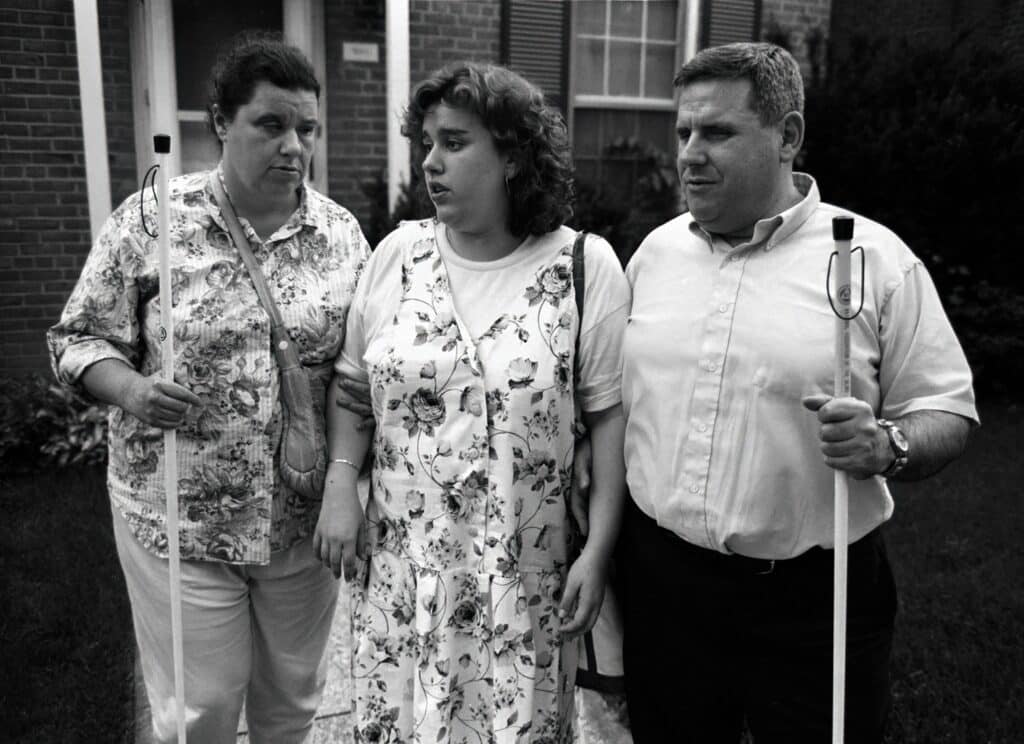
My parents had their own culture which included lots of braille, but I was a sighted child. When I was 6 years old, my parents bought me my first camera, and over the years I would shoot several hundreds of rolls of film, learning the language of photography.
I was passionate about photography, and in college at the School of Visual Arts in New York City, I fell in love with the Magnum photographers and their focus on humanistic, documentary photography, and I traveled in the US and in Europe, photographing the poetry of the human landscape.
Photographing my parents
When I was 20 years old, I was in a near-fatal bicycle accident, and I realized that if I had died, I would’ve never documented the most important subject of my life, and I knew that it was my parents and our family.
In the history of photography, no one had photographed their blind parents before, and I had an opportunity to create something very meaningful to me, which I could use as evidence to show the nonblind general public how wonderful, effective, and interesting my parents are, and also how normal they are. So I came home with my camera and I negotiated with my parents on the ground rules for doing a photo essay about them. They said, “We’re not gonna pose for you, we’re just gonna go on about our business.”
So I said okay, sure, no problem. I knew their routines very well, and so I planned to document them at work and at home, and show their adaptations that helped them to live independently. I was always looking for interesting moments during their commutes to work. In one image that was taken on the metro train, Mom is surrounded by other commuters reading their newspapers while she is knitting one of her afghan blankets. How many of those other commuters could knit something as complex as this?
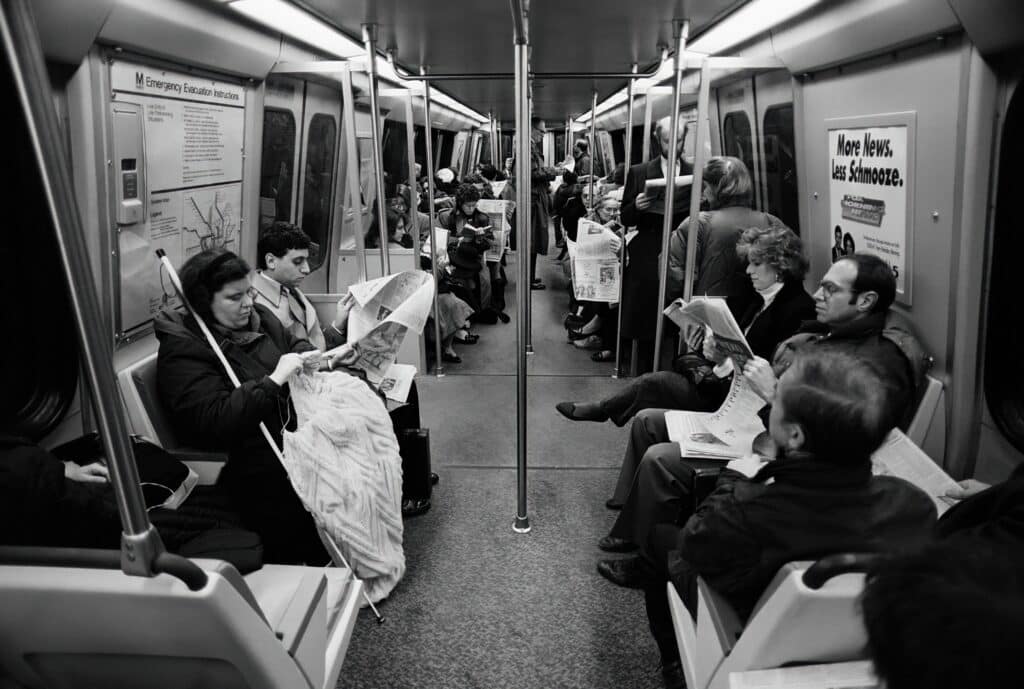
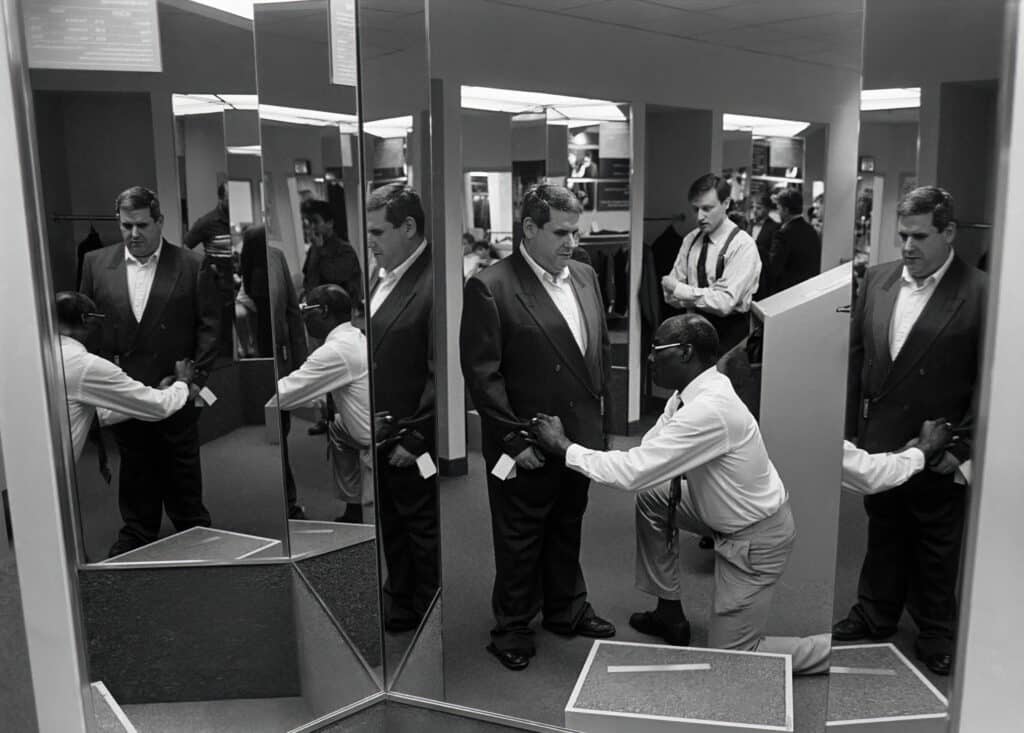
Simple moments that I was used to seeing became essential illustrations of their private life. My mother is seen touching her hair in her bedroom before leaving for work, which was a universal moment that all women experience. Yet, no blind woman had been photographed in her bedroom like this. There were situations that I noticed were visually interesting among our routine activities. I took Dad’s photo while he was getting fitted for a suit. Choosing clothes together was something I liked doing with him. He wanted to look crisp and professional, and I always made sure he looked good.
There were lots of wonderful moments between my mother and my sister that I knew happened all the time, in most people’s families. I just had to pay attention to get them on film. This was a real challenge for me, to photograph a true documentary about my family, and document a time that I thought would never end. In both of my parent’s offices, their tremendous windows had views that looked out over the streets.
Mom was a social worker and peer counselor for newly blinded clients, and she helps them receive job training and support services like rehabilitation counseling or volunteer shoppers or readers. She spent forty years at this, directly helping blind people get connected to resources that can make their lives better. My father still had a small amount of residual vision. There were lots of tender moments that reminded me of my own childhood, as one picture shows my parents with a friend’s newborn baby, and it reminded me just how sweet and kind my parents were when they were raising me and Ellen.
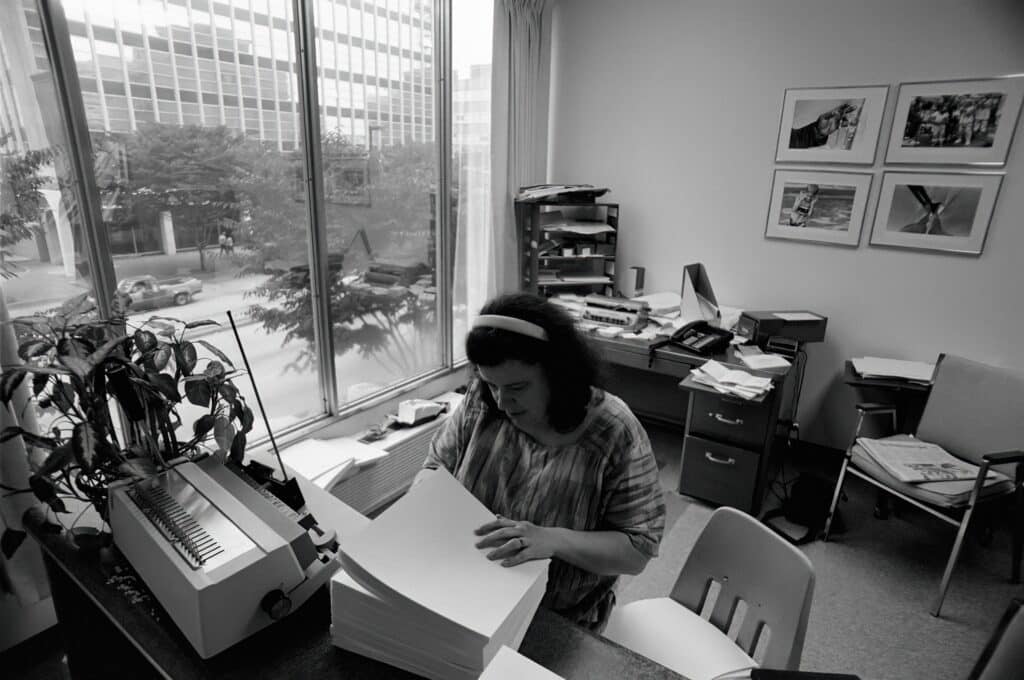
I tried to capture the physical connections we had to each other. Whenever we would walk together, our parents’ hands would lightly hold onto our arms, and we guided them everywhere we went. After doing this for twenty years, we didn’t know any other way. I experienced that with my sister, and we were a very close family, physically close, emotionally close, and we functioned really well.
The problem with being blind is not the physical handicap. It’s the low expectations and opinions of the nonblind general public that hold blind people back. This is something I learned as a child, and it was reinforced by seeing the ignorance that my parents had to put up with, and by hearing about the humiliation that their friends had to deal with. After learning about this broad discrimination and low expectations, I was convinced that it was important to document two highly functioning blind people, who were actually just normal.
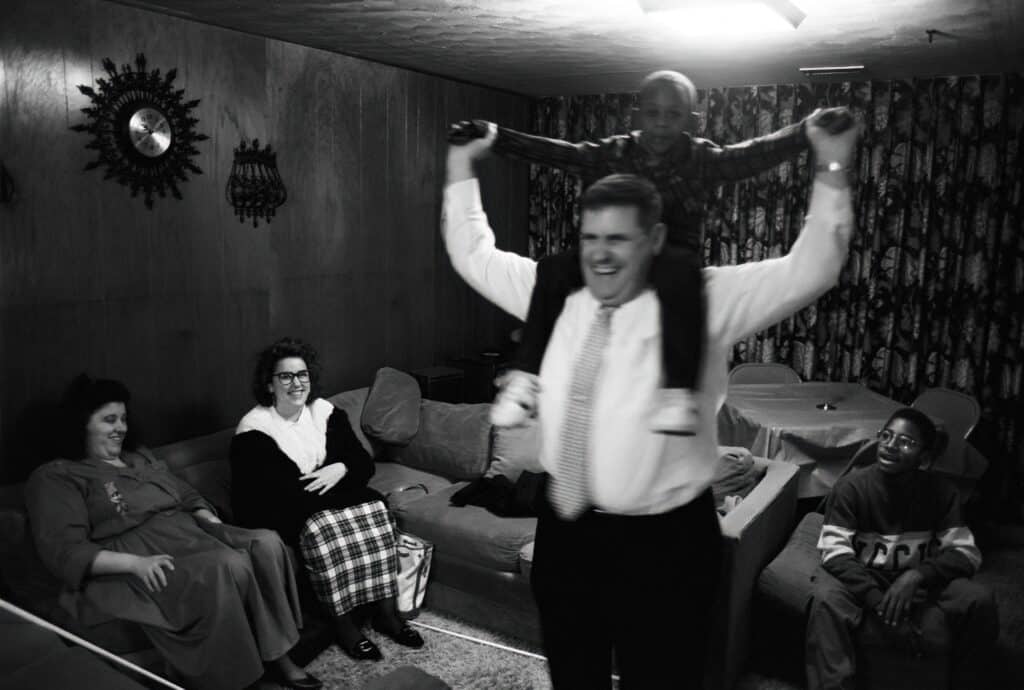
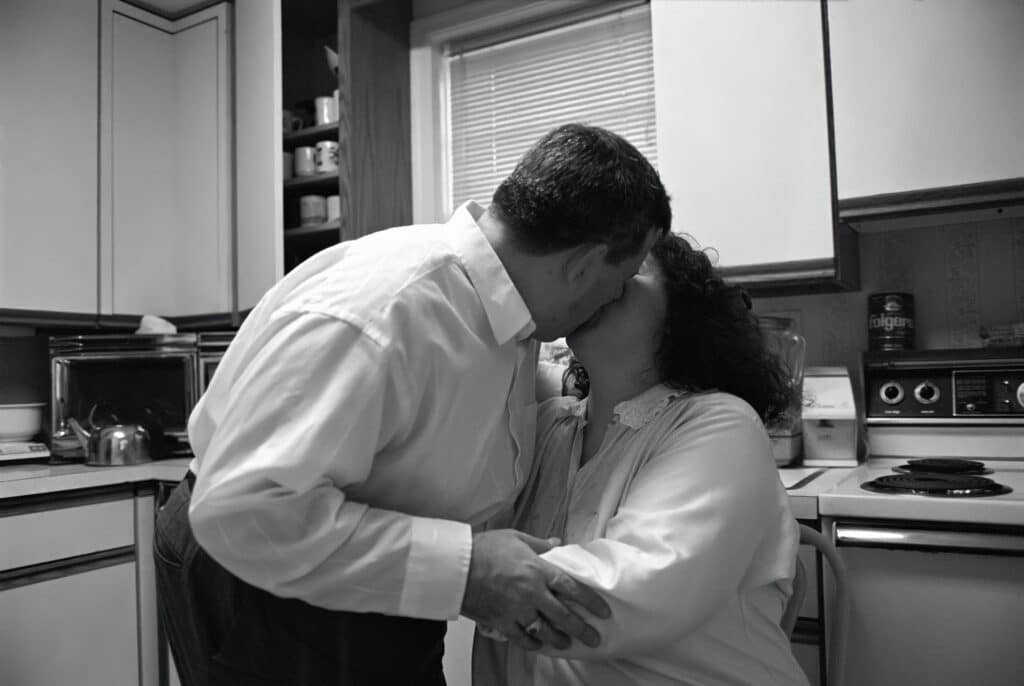
Blindness does not prevent someone from experiencing all of the pleasures and struggles and mediocrity and extreme success that society can offer them. There are blind superstars like Stevie Wonder and Ray Charles, and then there’s also lots of blind lawyers, doctors, scientists and college graduates, but there’s still a 75% unemployment rate amongst working age blind adults. That’s because blind people aren’t given the chance to prove themselves. These are people with families; they need to make a living. My parents had to forcefully defend their right to be in charge of their own destiny.
Helping Blind People
Three years ago, I became aware of the crisis in braille literacy, in which only 7% of blind children are being taught to read and write in braille in the United States. When my parents were growing up, this number was 50%. This means that only 7% of blind children will become literate in braille and have a chance to get a full education, and to become independent adults with professional employment, and homeowners, and parents. The reasons for the decline in braille usage are complex, but technology such as oversized video screens to teach blind children to slowly read have become a preferred replacement to the perfect form of literacy that is braille.
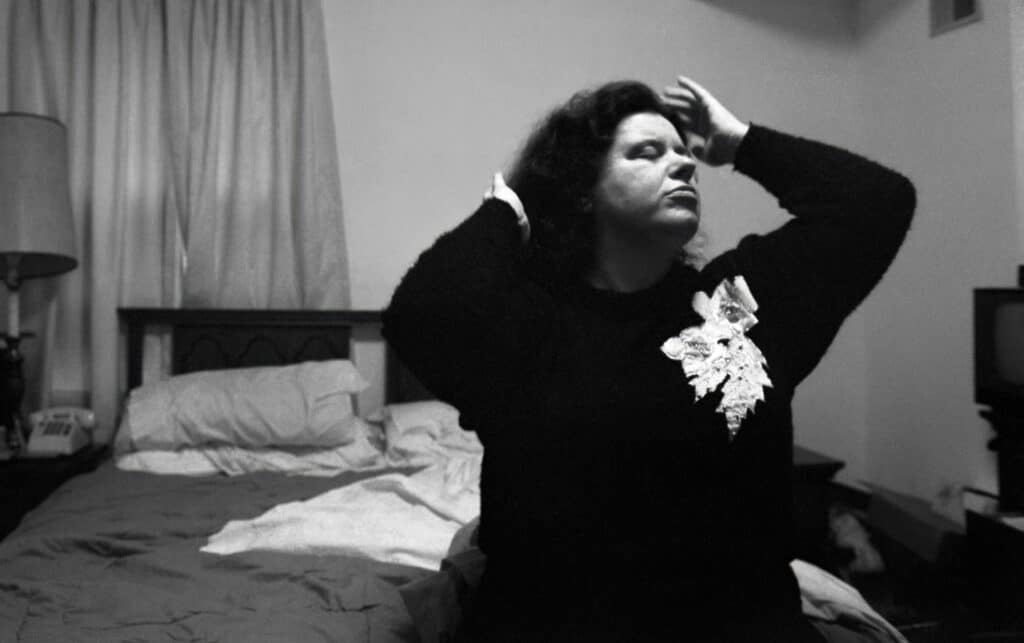
I was so upset with this sharp decrease in braille literacy that I decided to pull together all of the best images of my family and produce this book called “The Blind, Seen,” that is 50% braille and 50% printed text with photographs.
The camera is an instrument of love for a photographer. We point the camera at the things we treasure the most, and I treasure my family more than anything. I’ve been photographing stories about the blind community since 1989, and I will continue to produce these images as long as my heart and mind can control my eyes and my hands.
David Snider is publishing a book titled The Blind, Seen about his project, with the goal to support braille literacy programs for blind children, and is currently looking for partners and an established photobook publisher. If you are interested in supporting this journey, please reach out to him at [email protected] or contact us for more information. A website for funding is at www.theblindseen.com.

